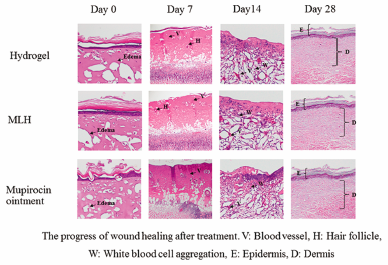- J-STAGE home
- /
- Biological and Pharmaceutical ...
- /
- Volume 44 (2021) Issue 11
- /
- Article overview
-
Sukanjana Kamlungmak
Drug Delivery System Excellence Center, Prince of Songkla University Department of the Pharmaceutical Technology, Faculty of Pharmaceutical Sciences, Prince of Songkla University
-
Titpawan Nakpheng
Drug Delivery System Excellence Center, Prince of Songkla University
-
Sunisa Kaewpaiboon
Drug Delivery System Excellence Center, Prince of Songkla University Department of the Pharmaceutical Technology, Faculty of Pharmaceutical Sciences, Prince of Songkla University
-
Muhammad Ali Khumaini Mudhar Bintang
Drug Delivery System Excellence Center, Prince of Songkla University Department of the Pharmaceutical Technology, Faculty of Pharmaceutical Sciences, Prince of Songkla University
-
Supattra Prom-in
Department of the Pharmaceutical Chemistry, Faculty of Pharmaceutical Sciences, Prince of Songkla University
-
Charisopon Chunhachaichana
Drug Delivery System Excellence Center, Prince of Songkla University
-
Tan Suwandecha
Department of Pharmacology, Faculty of Science, Prince of Songkla University
-
Teerapol Srichana
Corresponding author
Drug Delivery System Excellence Center, Prince of Songkla University Department of the Pharmaceutical Technology, Faculty of Pharmaceutical Sciences, Prince of Songkla University
2021 Volume 44 Issue 11 Pages 1707-1716
- Published: November 01, 2021 Received: May 08, 2021 Released on J-STAGE: November 01, 2021 Accepted: July 30, 2021 Advance online publication: - Revised: -
(compatible with EndNote, Reference Manager, ProCite, RefWorks)
(compatible with BibDesk, LaTeX)


